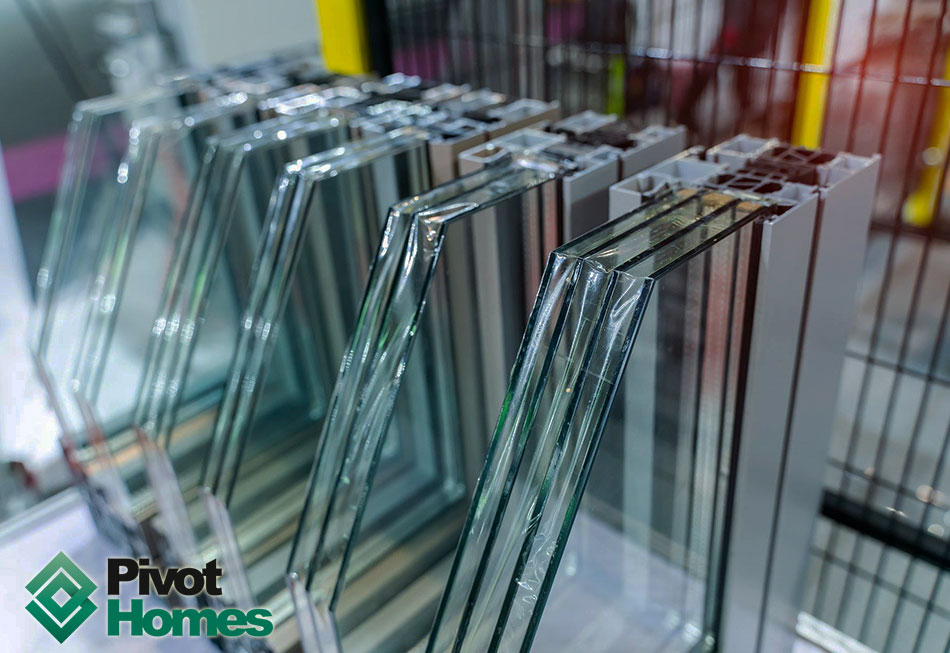All Categories
Featured
Table of Contents
Double Glazing Australia Blogs in West Perth Perth
That window can send more solar heat in winter season than in summer. A west-facing window on a summer's afternoon has an angle of incidence from near 0 up to 30 with a big reliable area of solar radiation. A north-facing window, in summertime, has a high angle of incidence and a low effective location of solar radiation, so can send less heat than a west-facing one.

But you can quickly and easily improve the thermal efficiency of your house by replacing your windows. This is among the most effective methods of remodelling to achieve improved thermal convenience. There are countless kinds of glass and frames to select from. Choosing the best ones is essential to enhancing the energy efficiency of your house.
Double Glazing in Iluka Western Australia
There are various kinds of glass products to pick from. Single glazing uses a single pane of glass. Single glazing with clear glass is not very efficient when it comes to heat loss or gain. To enhance performance, you can use single glazing with a more energy-efficient type of glass such as low emissivity (low-e) glass.
The energy efficiency of IGUs likewise depends on: the residential or commercial properties of each layer of glass. Different glass types (for example, clear and low-e glass) can be put together in an IGU.
Carnegie 3163, Vic. Amazing Service By Aps Double Glazing in Wattleup WA

IGU cavities can be filled with air or a more inert, low-conductivity gas such as argon the width of the cavity. Broader cavities offer lower (better) U worths, with 12mm usually accepted as the favored gap how well the cavity is sealed.
If argon is installed to the cavity in place of air, moisture is dependably omitted the level of desiccant (drying agent). The spacer (metal or polymer strip) that separates the glass layers includes a desiccant to absorb any wetness. Insufficient desiccant may trigger wetness to condense on the glass surface in cold conditions, decreasing thermal efficiency.
Double Glazing Vs Triple Glazing: Which Should You Choose in Beldon Perth
In reality, IGUs can provide much better energy efficiency for all climates, especially in heated and air-conditioned houses. Cross-section information of single, double and triple-glazing units Low emissivity glass (commonly called low-e glass) minimizes heat transfer. Low-e glass may be either high or low transmission: High transmission low-e glass has a coating that permits daytime from the sun to pass into the home to attain excellent solar heat gain, but decreases the amount of the long wavelength infrared heat that can escape back through the window.
Low-e glass has either a pyrolytic coating or a vacuum-deposited thin movie metal finish. Pyrolytic finishes are resilient and can be used for any glazing; vacuum-deposited finishings are soft and are just utilized within IGUs. Low-e coverings can substantially enhance both U value and SHGC; however, they must be used properly or they will either weaken or stop working to perform as required.
What Are The Benefits Of Double Glazed Windows? in Rivervale Perth
Low-e finishings can be utilized in combination with clear, toned or reflective glass. Low-e finishes on glazing can lower heat transfer where needed Picture: Department of Industry, Science, Energy and Resources Toned glass has actually colouring additives included throughout manufacture. It is readily available in different colours, normally bronze, grey, blue and green.
Latest Posts
Diy Double Glaze in Koondoola WA
Glass Selector - Custom Single & Double Glazed ... in Midvale Perth
Does Double Glazing Keep Heat Out in Woodvale Western Australia